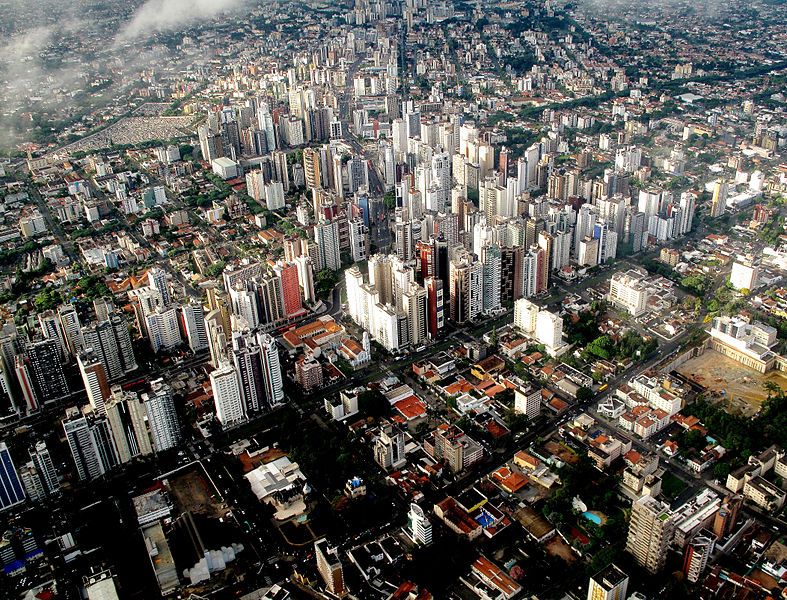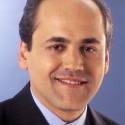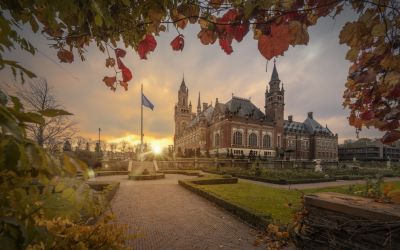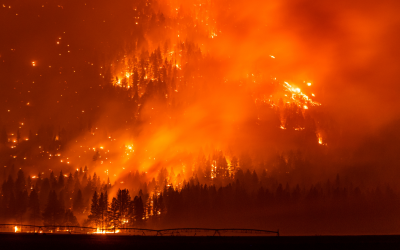Sustainable water and waste management in Brazil
Gustavo Fruet, Mayor of Curitiba, Brazil, maps out the general principles involved in planning the city’s metropolitan area for the next 30 years, illustrated by the new measures on waste and water management.

Cities have always been on the cutting edge of innovation. Each one has played an important role over the years. Athens, for example, has innovated with the original idea of public space and democracy. Bruges, Venice, Antwerp, Genoa, Amsterdam, London, and Boston began the phenomenon of modern industrialisation. New York, Los Angeles and Silicon Valley are recognised as technology producers and disseminators. And again, reforesting is part of a natural evolution in cities’ development.
People occupy the equivalent of 2 per cent of the land surface. They are responsible for 75 per cent of energy consumption and 80 per cent of greenhouse gases. In the world, 40 city-regions account for two-thirds of the global economy. In Brazil, nearly 70 per cent of the population live in urban centres.
Technology and people are the two main determinants of progress towards sustainability. However many technologies are created and developed, human behaviour must still improve to hold up the three pillars of sustainable development: social, economic (creative and green) and environmental.
Thinking in a better and sustainable world does not only depend on new technologies, but mainly on changes in human behaviour. Improving quality of life through protection of the environment should be taken as seriously by public service officers as issues like public security, health and education.
Curitiba’s water and waste plans
Over the years, Curitiba has consolidated its reputation as a green city. The parks, plazas, and boulevards have been attracting visitors from all around the world. People from Curitiba are very proud of its rich natural diversity.
.jpg) Fast population growth, however, exerts many pressures on planning a city, and management of the water supply and controlling waste are two of the most immediate. Effective measures must be taken to avoid the huge negative impact that can result from increasing numbers in an urban area.
Fast population growth, however, exerts many pressures on planning a city, and management of the water supply and controlling waste are two of the most immediate. Effective measures must be taken to avoid the huge negative impact that can result from increasing numbers in an urban area.
Curitiba’s planners have identified water and waste as needing critical attention, to some extent because different aspects are handled by different government departments. The new post of Environmental Sanitation Secretary should help to maintain a balance among the environment, companies and people. The idea is based on the National Sanitation Law, which states that issues such as solid waste cleaning and management, drainage and use of urban rainwater, sewage and water supply should be controlled by the same organisation.
Integrated planning facilitates funding, even from the federal and state governments which have funding lines in all these areas. The new administrative structure would connect the departments of Public Hygiene, Sanitation and Water Resources (today under the Environment Secretary), the department of Bridges and Drainage from the Construction Secretary, and also the department from the Health Secretary responsible for measuring drinking water quality. To preserve the rivers’ water quality, a partnership must be carefully planned between citizens and City Hall to regulate the network connections between homes and the sewage treatment by the Paraná water and waste management company Sanepar.
One suggestion would be that the city hall would be responsible for the material, and the citizens for the workmanship. This programme should benefit families earning up to three minimum wages. Nowadays there is no public policy of incentives to enforce regulation; only fines are applied.
Education for waste management
Besides the public administration, the management of garbage must involve the whole of society – not just through proposals and debates, but with effective action.
The garbage which goes to the two landfills in Curitiba nowadays does not go through any kind of selection. This means that, if the population does not separate recyclables from general waste at home, everything goes into a common grave.
Curitiba, which was an early international leader in garbage separation, is now in need of an inspiring campaign to motivate people to continue separating household waste. In 1989, under Jaime Lerner’s administration, the ‘Family Leaves’ programme was launched into the homes in Curitiba; it was one of the largest advertising campaigns ever seen in our city. However, since then enthusiasm for garbage separation has flagged. The latest initiative happened in 2006.
Today Curitiba recycles about 20 per cent of all waste produced in the city. It is among the best rates in Brazil, but still far below the standards of the first world, which is over 30 per cent.
Partnership
In a modern administration, environmental issues permeate planning decisions in all sectors of local government, with the purpose that every programme has its environmental viability analysed before action. It is essential that the planning system integrates all officers and administrators from the towns which form Greater Curitiba.
From the point of view of the sanitation issue – which deals with matters related to public water supply, sewage, solid waste, and drainage – Curitiba’s influence area is the Iguaçu River Basin and the Upper Ribeira. From the point of view of political institutions, the influence area is the Metropolitan Region of Curitiba.
In this perspective, Curitiba is not able to solve its problems alone. The city must build a partnership with all other towns around it in order to succeed. Rivers do not begin and end in Curitiba. The waste which goes into landfills is not only produced in Curitiba. The air we breathe is not only filtered by the trees from Curitiba. Pollution is not only produced by vehicles and companies from Curitiba. Therefore, respect, partnership and the spirit of collaboration among the mayors of all cities are essential in order to reach significant improvements in the quality of life for more than 3.3 million people who live in the whole area.








